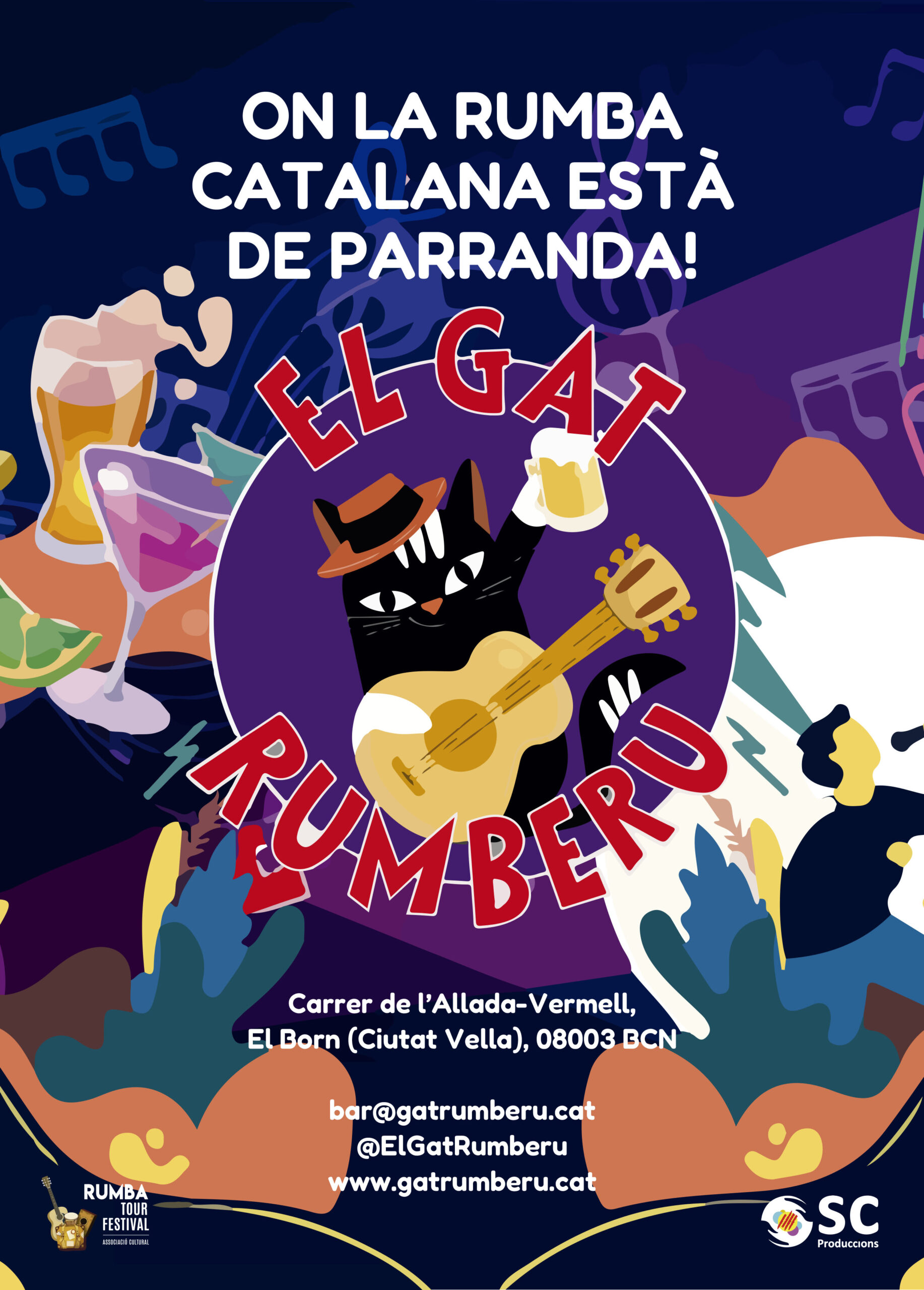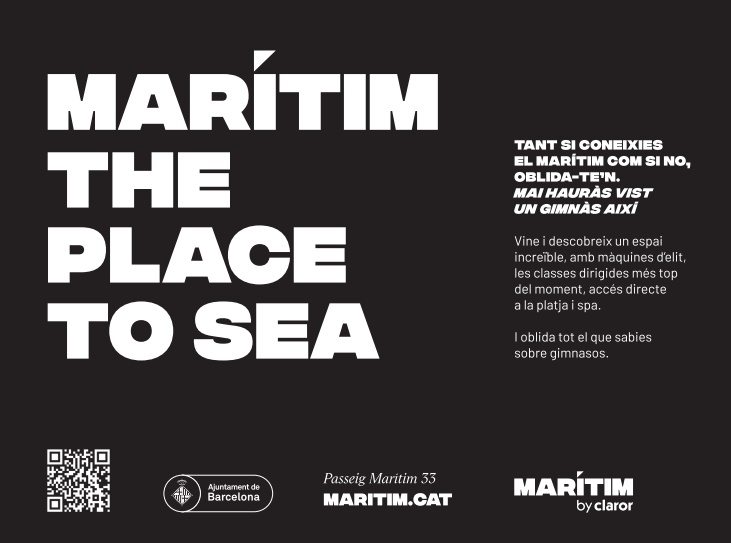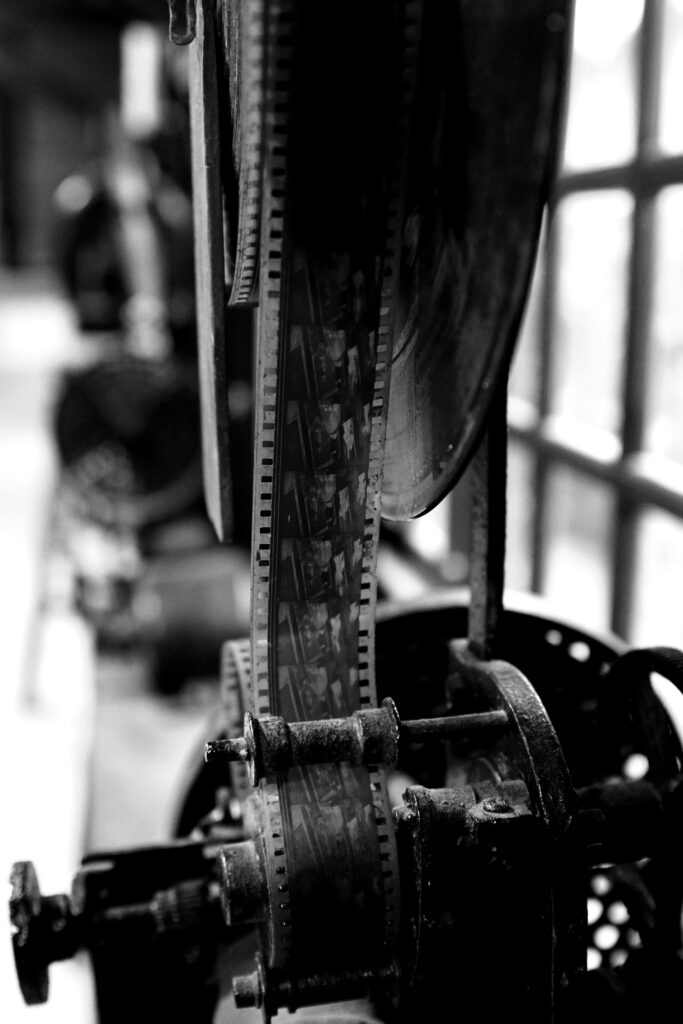The Muse u d’Història de Catalunya ( MHC) was created in 1996 to preserve, exhibit and disseminate the history of Catalonia as a collective heritage and to make Catalan history and culture known on a national and international scale.
At its facilities we can enjoy regularly scheduled temporary exhibitions and the permanent exhibition “The Memory of a Country.”
Permanent exhibition “The memory of a country”
The permanent exhibition “The Memory of a Country” shows the ancient history of the men and women who have lived in the lands that we know today as Catalonia, both in its political, economic, social and cultural dimensions.
It is a synthetic and global historical story built from the various social and human sciences, ordered chronologically from prehistory to today and that pays special attention to daily life, which allows the visitor to know first-hand the roots of our history, how our nation was born and how it expanded, its periods of prosperity and decline, and its future until reaching the present day. In addition, numerous sets, such as a medieval craftsmen’s house, a textile owner’s office or a home from the 1930s, with interactive activities allow visitors to get closer in a playful, participatory and manipulative way through the main periods, cultures, events and characters that have made up the history of Catalonia. The story of this story is divided into 8 areas and is displayed around the perimeter of the rooms.
Areas of permanent exhibition
The roots (From prehistory to the 8th century)
Since the most remote period of prehistory, the Catalan lands have witnessed human activities. Located at the western end of the Mediterranean, Catalonia is an area through which the most diverse cultures have travelled and settled.
The neolithic period. The VII century BC and the influence of eastern people such as the Greeks or the Phoenicians crystallizes in the Iberian culture. The arrival of the Romans, 218 BC. C. The fall of the Roman Empire, in the 5th century, with the subsequent creation of the Visigoth kingdom.
The birth of a nation (From the 8th century to the 13th century)
In the year 711, a Muslim army undertook the conquest of Hispania Visigothic . The Iberian Peninsula, renamed al- Andalus, was incorporated into Islam. Over the course of four centuries, the lands of Balaguer, Lleida, Tarragona and Tortosa have been part of this empire.
On the border between al- Andalus and the Carolingian empire, sheltered by the Pyrenees, the Catalan counties were formed. Starting in the 10th century, under the hegemony of the Casal of Barcelona, the counties became independent from the power of the Frankish kings and, over the centuries, gained political importance in the context of feudal Europe. The conquest of New Catalonia, the connection with Occitania and the dynastic union with Aragon, consolidate the new state.
Our sea (From the 13th century to the 16th century)
In the 13th century, the conquest of the kingdoms of Mallorca and Valencia by James I began a stage of military and commercial expansion throughout the Mediterranean that lasted until the 15th century.
Gothic art replaced Romanesque art and literary culture experienced great development. At the political level, the main government institutions of the country are made up: the Cortes, the Generalitat and the Municipal Councils. The famine of 1333 and the Black Death of 1348 mark, however, the beginning of a profound demographic, economic and social crisis. In the countryside, the” remensa” peasants take up arms against the lords while in the cities there are profound social upheavals.
In the second half of the 15th century, a long civil war (1462-1472), between the crown and the Generalitat, devastated the entire country. In 1479, the accession to the throne of Ferdinand II, married to Isabella of Castile, marked the dynastic union of the two crowns.
On the periphery of the Empire (From the 16th century to the 18th century)
The modern age was a period of economic and demographic expansion for Catalonia, not exempt from conflicts. The wars of the Habsburgs to achieve European hegemony, the increase in Berber and Ottoman choirs in the western Mediterranean and banditry, caused by the increase in internal inequalities, characterize an era also marked by the exuberant aesthetics of the Baroque and the dogmas of the Counter-Reformation.
Catalonia’s conflicts with the monarchy reached their peak during the Reapers’ War (1640 – 1659) and the War of Succession (1702 – 1715). At the end of this period, Philip V, the first king of the Spanish branch of the Bourbons, abolished the constitutions and own institutions, through the New Plant Decree.
Steam and nation (From the 18th and 19th centuries)
Throughout the 18th century, once the defeat of 1714 had been overcome, Catalonia inaugurated a period of economic growth in which the foundations of the industrial revolution were laid.
Industrialization began in 1830, based on the textile sector. Steamships and factory colonies configure a new economic model that transforms Catalan geography and society. The growth of cities runs parallel to the extension of two new social classes: the industrial bourgeoisie and the working class.
The construction of the Spanish liberal state finds its answer, in Catalonia, in Carlism, federal republicanism and protectionist campaigns. At the same time, the Renaixença (Renaissance) began.
The electric years (From 1900 to 1939)
At the beginning of the 20th century, Catalonia was a country that was boiling in the political, economic, social and cultural spheres. The crisis of the regime led to the rise of republicanism and political Catalanism, which, in the elections of 1907, obtained a great victory. In this context, the Commonwealth of Catalonia was established (1914), the first body of self-government since 1714. Catalan industry was experiencing a stage of diversification and the labor movement, with anarcho-syndicalist roots, was consolidated and achieved the establishment of the eight-day workday, hours after a general strike (1919).
Social conflict and the dynamization of its own culture, with Noucentisme and the avant-garde, are two elements that mark this period, along with the military dictatorship of Primo de Rivera (1923 -1930). With the proclamation of the Second Spanish Republic ( 1931), a statute of political autonomy for Catalonia is approved. The military coup of 1936, however, began three years of bloody civil war that ended with the establishment of the dictatorship of General Franco. Self-government is abolished and left-wing and Catalan movements suffer strong repression.
Defeat and resumption (From 1940 to 1980)
Once the civil war was over, the Franco regime (1939-1975) caused the exile of thousands of citizens and began a strong repression of the Catalan and leftist movements. Proof of this is the execution of President Lluís Companys in 1940. The policy of autarky and the consequences of the war led the country to economic collapse and misery.
In the first stage, the dictatorship is assimilated to the fascist regimes of Italy or Germany, but in the context of the Cold War, a discreet rapprochement in the international community and a process of economic opening began. The entry of foreign capital, the diversification of industry and tourism, led to the start of the Catalan economy and the arrival of thousands of workers from other regions of Spain.
The opposition to the regime, which began in 1939, reorganized and achieved an important popular presence in the early 1970s. After the death of the dictator, a new democratic Constitution (1978) and a new Statute of Autonomy (1979) marked the beginning of the recovery of democracy and freedoms.
Portrait of contemporary Catalonia (Since the Transition to the present day)
Catalonia has experienced, since 1980, the longest period of self-government in its contemporary history. The democratization of public life, European integration, the extension of services associated with the welfare state and the increase in population, with the arrival of immigrants from all over the world, are some of the characteristic triggers of this stage.










